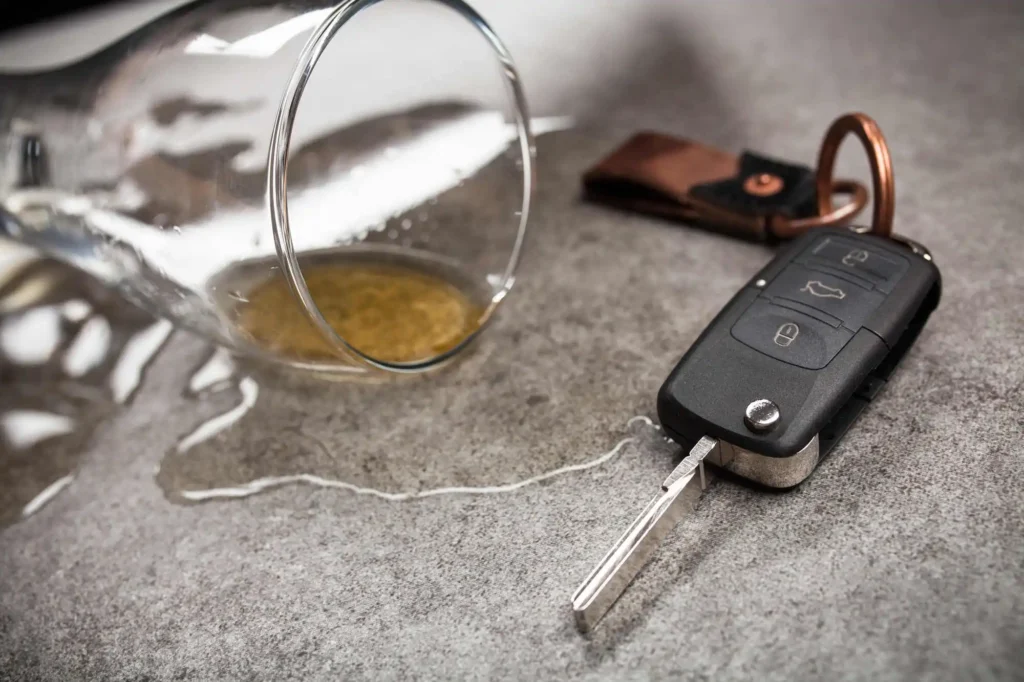More than half of drunk drivers are caught the day after drinking.
It can reasonably be presumed that the majority of these drivers do not mean to break the law but rather think they have slept off the alcohol and are safe to drive the morning after.
It is difficult to know whether you are over the limit for certain without the aid of a breathalyser, but you can make an educated guess based on the assumption that it takes one hour for your body to break down one unit of alcohol.
Alcohol Units
According to the NHS, one unit of alcohol is equivalent to 10ml of pure alcohol. In terms of standard drink measurements, there are approximately:
- 2 units in one pint of low-strength beer or cider (3.6%)
- 3 units in one pint of high-strength beer or cider (5.2%)
- 2.1 units in one 175ml glass of average-strength wine (12%)
- 3 units in one 250ml glass of average-strength wine (12%)
- 1 unit in a single measure of spirit (25ml)
Other factors
However, this is not an exact science, and many other factors can affect how quickly or slowly your body breaks down alcohol. These include:
- Weight
- Gender
- Age
- Metabolism
- Stress levels
- Medication you may be taking
- Type and strength of the alcohol consumed
Working it out
Therefore, if you have one large glass of wine, it will take around three hours for the alcohol to leave your body. Or if you have two pints of high strength beer, it will take six hours to leave your body.
However, this can vary depending on the factors mentioned above, so if you need to drive the day after drinking, take the amount of alcohol you have drunk into consideration and try to wait for as long as you can before making your journey.
If you have received a drink-driving conviction and are now seeking drink-driving insurance, check out our dedicated page for more information.
